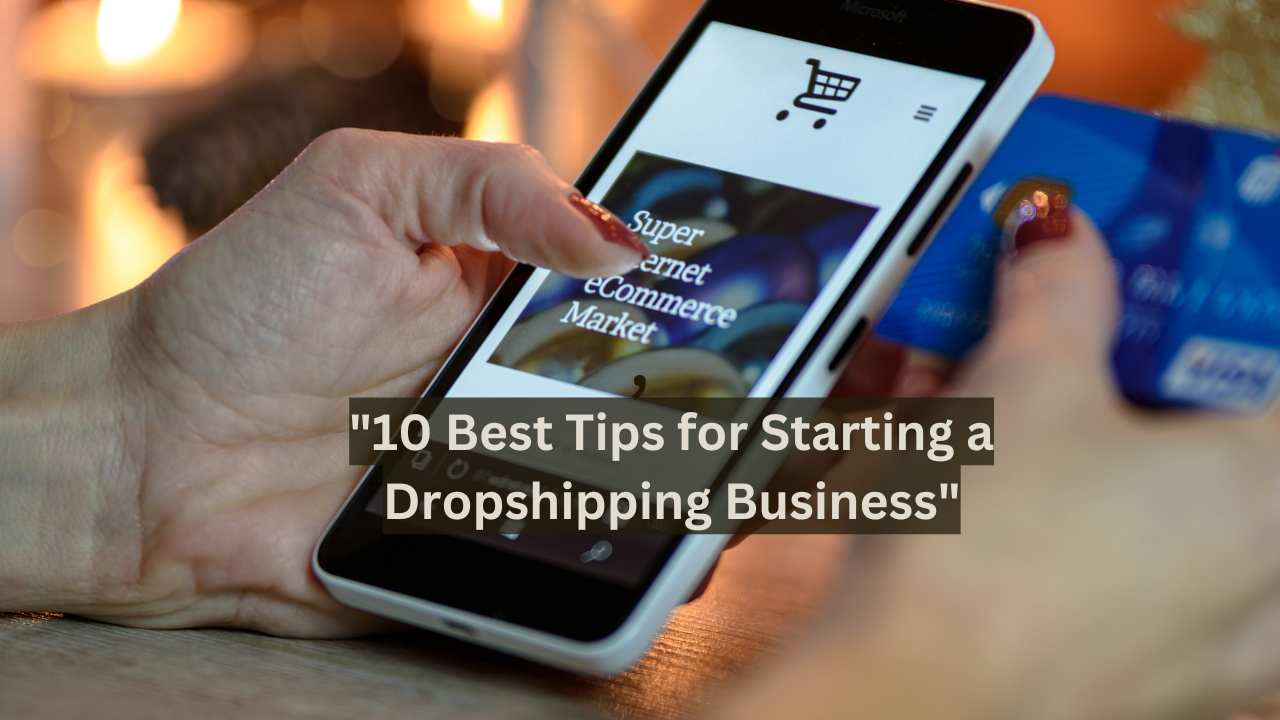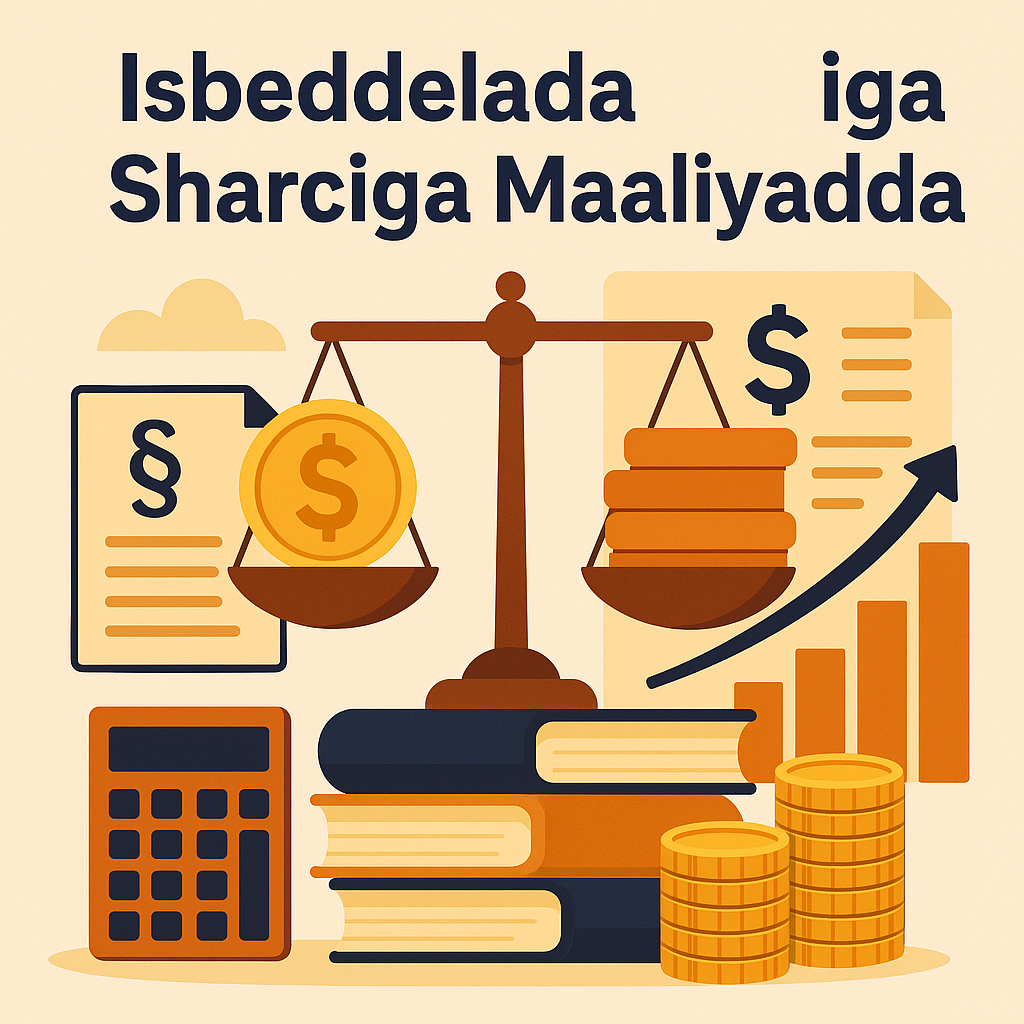Dropshipping is a popular business model that allows entrepreneurs to start an online store without holding inventory. Instead of purchasing products upfront, you only buy items from suppliers when customers place orders. This reduces risk and upfront costs, making it an attractive option for those looking to enter the world of e-commerce.
In this guide, we’ll walk you through the steps to start a successful dropshipping business.
1. Understand the Dropshipping Model
Before diving in, it’s crucial to understand how dropshipping works:
- You sell products online: As a dropshipper, you sell products through an online store. However, you don’t handle the inventory or shipping.
- Suppliers fulfill the orders: When a customer makes a purchase, you order the product from a third-party supplier who ships the item directly to the customer.
- Profit margin: The difference between the price you charge your customer and the supplier’s price is your profit.
The advantage of dropshipping is that it’s low-risk since you don’t need to invest in inventory upfront. However, it requires careful planning and smart decision-making.
2. Choose a Profitable Niche
Selecting the right niche is key to building a successful dropshipping business. Your niche determines the types of products you’ll sell and the audience you’ll target. Consider the following when choosing a niche:
- Passion or interest: It’s easier to market products you are passionate about.
- Profit potential: Research products that have healthy profit margins. Focus on items with a balance of demand and profitability.
- Competition: Avoid highly competitive markets dominated by major players unless you can offer a unique selling proposition (USP).
- Market demand: Use tools like Google Trends, Amazon Best Sellers, and niche-specific forums to identify what’s trending and in demand.
Popular dropshipping niches include fashion accessories, home decor, fitness gear, pet products, and tech gadgets. Choose a niche that has consistent demand and aligns with your business goals.
3. Find Reliable Suppliers
Once you’ve chosen a niche, the next step is to find reliable suppliers. Suppliers play a critical role in dropshipping since they’ll be handling the fulfillment of your orders. You need to ensure they provide high-quality products, reasonable shipping times, and responsive customer service.
There are several ways to find suppliers:
- Dropshipping marketplaces: Platforms like AliExpress, Oberlo, and SaleHoo connect you with suppliers who specialize in dropshipping.
- Wholesale directories: Websites like Worldwide Brands and Doba provide access to reputable suppliers.
- Direct outreach: You can reach out to manufacturers directly and inquire if they offer dropshipping services.
When choosing suppliers, pay attention to their shipping times, product quality, return policies, and communication. Test their services by ordering a few samples before committing.
4. Build Your Online Store
Creating an online store is a crucial step in launching your dropshipping business. Fortunately, many e-commerce platforms make it easy to set up a store without needing advanced technical skills. Here are some options:
- Shopify: One of the most popular platforms for dropshipping. Shopify integrates with many dropshipping apps like Oberlo, Spocket, and Modalyst, which streamline order processing.
- WooCommerce: A WordPress-based platform that’s highly customizable. It’s a good choice if you want more control over your website.
- BigCommerce: Another great platform with built-in dropshipping functionality.
When building your store, focus on the following:
- Domain name: Choose a professional and memorable domain name that reflects your brand.
- Design and user experience: Make sure your store is visually appealing and easy to navigate. A clean, responsive design will enhance the customer experience.
- Product pages: Create compelling product descriptions, high-quality images, and clear pricing information. Highlight the benefits of each product to attract potential buyers.
- Payment gateways: Set up secure payment options like PayPal, Stripe, or credit card processing so customers can make purchases with ease.
Your store’s appearance and usability play a big role in converting visitors into customers, so invest time in creating a polished and professional online presence.
5. Set Your Pricing and Shipping Strategy
Pricing your products correctly is vital to your success. When setting prices, consider the following:
- Cost of goods: How much you pay your supplier for the product.
- Shipping costs: If you offer free shipping, factor this into your product pricing. Alternatively, you can charge for shipping separately.
- Profit margin: Aim for a healthy profit margin to cover business expenses and reinvest in marketing.
In terms of shipping, offering free or flat-rate shipping can entice more customers to purchase. You can also offer expedited shipping at an additional cost to customers who want faster delivery.
6. Market Your Dropshipping Business
Once your store is set up, it’s time to drive traffic and sales. A solid marketing strategy will help you attract customers and build your brand. Here are some effective marketing channels:
- Social media marketing: Platforms like Instagram, Facebook, and TikTok are great for promoting dropshipping products, especially with high-quality visuals. Consider running paid ads on these platforms to reach a broader audience.
- Content marketing: Start a blog or create videos related to your niche to attract organic traffic from search engines. This establishes your brand as an authority in your niche and builds trust with potential customers.
- Influencer marketing: Collaborate with influencers who have a following in your niche. They can promote your products to their audience in exchange for a fee or commission.
- Email marketing: Capture visitors’ email addresses and send them promotions, product recommendations, and updates. Tools like Mailchimp and Klaviyo are popular for email marketing automation.
Consistency is key in marketing. Track your efforts, analyze the results, and optimize your strategy to continuously improve your sales.
7. Optimize Your Business for Growth
As your dropshipping business gains traction, it’s essential to continually optimize for growth. Here’s how:
- Analyze performance: Use tools like Google Analytics and Shopify Analytics to track sales, customer behavior, and website traffic. Identify what’s working and what needs improvement.
- Expand your product range: Once you’ve established a strong customer base, consider expanding your product offerings. Add complementary products that appeal to your target market.
- Improve customer service: Great customer service can set your store apart from competitors. Make sure to respond to customer inquiries promptly and address any issues with orders.
- Invest in automation: As your business grows, automate tasks like order processing, inventory updates, and marketing campaigns. This frees up time for strategic planning and scaling.
8. Handle Legal and Tax Considerations
Starting a dropshipping business requires complying with legal and tax regulations. Here are some key points to consider:
- Business registration: Depending on where you’re located, you may need to register your business as a sole proprietorship, LLC, or corporation.
- Sales tax: You may need to collect sales tax based on the location of your customers and your suppliers. Use a sales tax tool like TaxJar to stay compliant.
- Return policies and terms: Clearly outline your return and refund policies on your website to manage customer expectations.
Consult with a legal or tax professional to ensure your business is in compliance with local laws and regulations.
Conclusion
Starting a dropshipping business is a great way to enter the world of e-commerce with minimal upfront costs. By choosing a profitable niche, finding reliable suppliers, and marketing your business effectively, you can build a successful online store. Remember to focus on creating a seamless customer experience, and continuously optimize your business for growth. With persistence and smart strategies, you can turn your dropshipping venture into a profitable endeavor.
FAQ
1. What is the biggest challenge in dropshipping?
The biggest challenge is finding reliable suppliers who provide quality products and timely shipping. Without this, it can be difficult to maintain customer satisfaction.
2. Can I start dropshipping with no money?
While dropshipping has lower startup costs than traditional retail, you’ll still need some money for creating a website, marketing, and paying suppliers for orders. However, you can start with a modest budget and scale as you grow.
3. How long does it take to make money with dropshipping?
It depends on how well you market your store and the products you sell. Some entrepreneurs see results in a few months, while others take longer to gain traction.
4. Do I need to form a business entity to start dropshipping?
It’s not required to form a business entity, but it’s a good idea to establish one (like an LLC) to protect your personal assets and give your business more credibility.
5. Is dropshipping legal?
Yes, dropshipping is a legal business model. However, you need to comply with tax laws and other regulations specific to your location and the countries where you sell.


